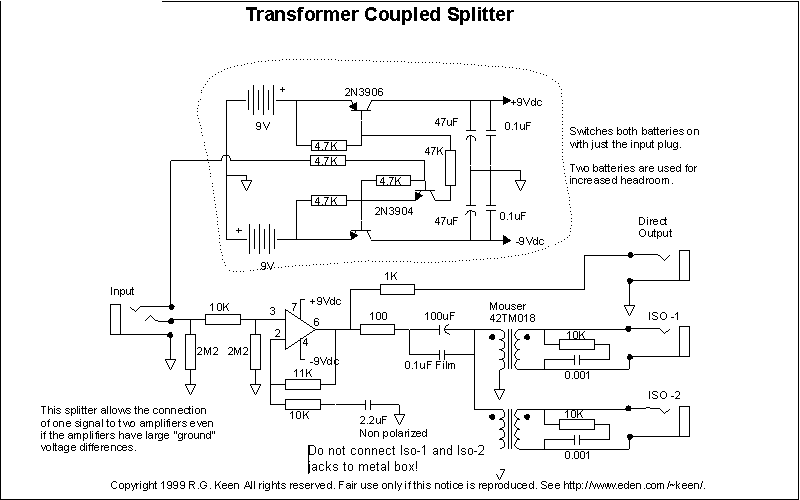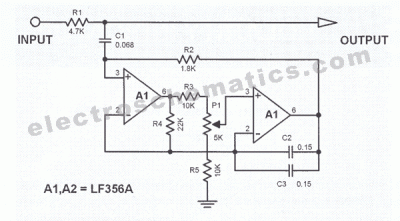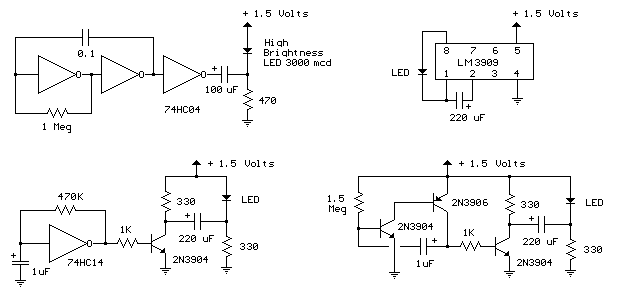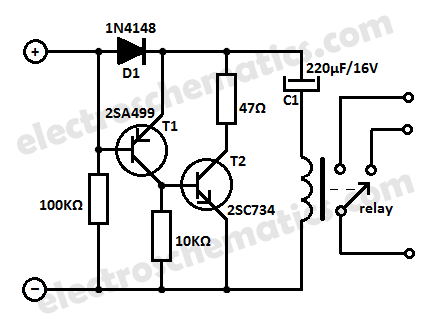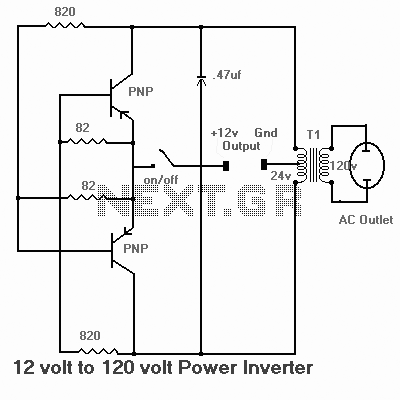
circuits
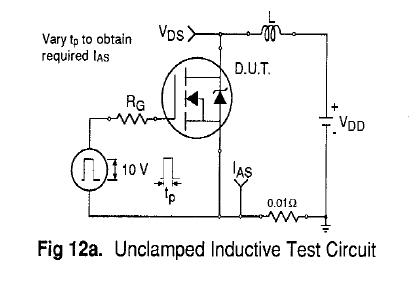
Uploaded with ImageShack.us Uploaded with ImageShack.us Uploaded with ImageShack.us Inquiry regarding experiences with specific circuits.
In this context, the inquiry pertains to the performance and functionality of certain electronic circuits that have been shared via an image hosting service. The request for feedback implies a community interest in the practical applications and reliability of these circuits, suggesting that they may be of common interest among electronics enthusiasts or professionals.
To provide a comprehensive analysis, it is important to consider the types of circuits referenced. Circuits can vary widely in complexity and application, ranging from simple resistor-capacitor (RC) filters to more intricate microcontroller-based designs. Each circuit's schematic typically includes essential components such as resistors, capacitors, diodes, transistors, and integrated circuits, along with connections that define the flow of current.
For individuals evaluating these circuits, it is advisable to examine the following aspects:
1. **Component Specifications**: Review the specifications of each component used in the circuit, including voltage ratings, current handling, and tolerance levels. This ensures that the circuit operates within safe limits and performs as intended.
2. **Schematic Layout**: Analyze the schematic diagram for clarity in connections. Proper layout minimizes the risk of errors during assembly and ensures that the circuit functions correctly.
3. **Testing Procedures**: Implement systematic testing procedures to evaluate the circuit's performance. This may include measuring input and output signals, checking for signal integrity, and ensuring that the circuit behaves as expected under various conditions.
4. **User Experiences**: Gather feedback from others who have built or tested similar circuits. This can provide valuable insights into common issues, modifications that enhance performance, or alternative components that may yield better results.
5. **Application Context**: Consider the intended application of the circuit. Understanding the specific use case can guide modifications and optimizations to better suit the needs of the user.
In conclusion, while the inquiry seeks feedback on the circuits, a thorough examination of the components, layout, testing methods, and user experiences will provide a solid foundation for assessing their viability and effectiveness in practical applications.Uploaded with ImageShack.us Uploaded with ImageShack.us Uploaded with ImageShack.us Hi folks, just wondering if anyone has tried these circuits. The.. 🔗 External reference
In this context, the inquiry pertains to the performance and functionality of certain electronic circuits that have been shared via an image hosting service. The request for feedback implies a community interest in the practical applications and reliability of these circuits, suggesting that they may be of common interest among electronics enthusiasts or professionals.
To provide a comprehensive analysis, it is important to consider the types of circuits referenced. Circuits can vary widely in complexity and application, ranging from simple resistor-capacitor (RC) filters to more intricate microcontroller-based designs. Each circuit's schematic typically includes essential components such as resistors, capacitors, diodes, transistors, and integrated circuits, along with connections that define the flow of current.
For individuals evaluating these circuits, it is advisable to examine the following aspects:
1. **Component Specifications**: Review the specifications of each component used in the circuit, including voltage ratings, current handling, and tolerance levels. This ensures that the circuit operates within safe limits and performs as intended.
2. **Schematic Layout**: Analyze the schematic diagram for clarity in connections. Proper layout minimizes the risk of errors during assembly and ensures that the circuit functions correctly.
3. **Testing Procedures**: Implement systematic testing procedures to evaluate the circuit's performance. This may include measuring input and output signals, checking for signal integrity, and ensuring that the circuit behaves as expected under various conditions.
4. **User Experiences**: Gather feedback from others who have built or tested similar circuits. This can provide valuable insights into common issues, modifications that enhance performance, or alternative components that may yield better results.
5. **Application Context**: Consider the intended application of the circuit. Understanding the specific use case can guide modifications and optimizations to better suit the needs of the user.
In conclusion, while the inquiry seeks feedback on the circuits, a thorough examination of the components, layout, testing methods, and user experiences will provide a solid foundation for assessing their viability and effectiveness in practical applications.Uploaded with ImageShack.us Uploaded with ImageShack.us Uploaded with ImageShack.us Hi folks, just wondering if anyone has tried these circuits. The.. 🔗 External reference
